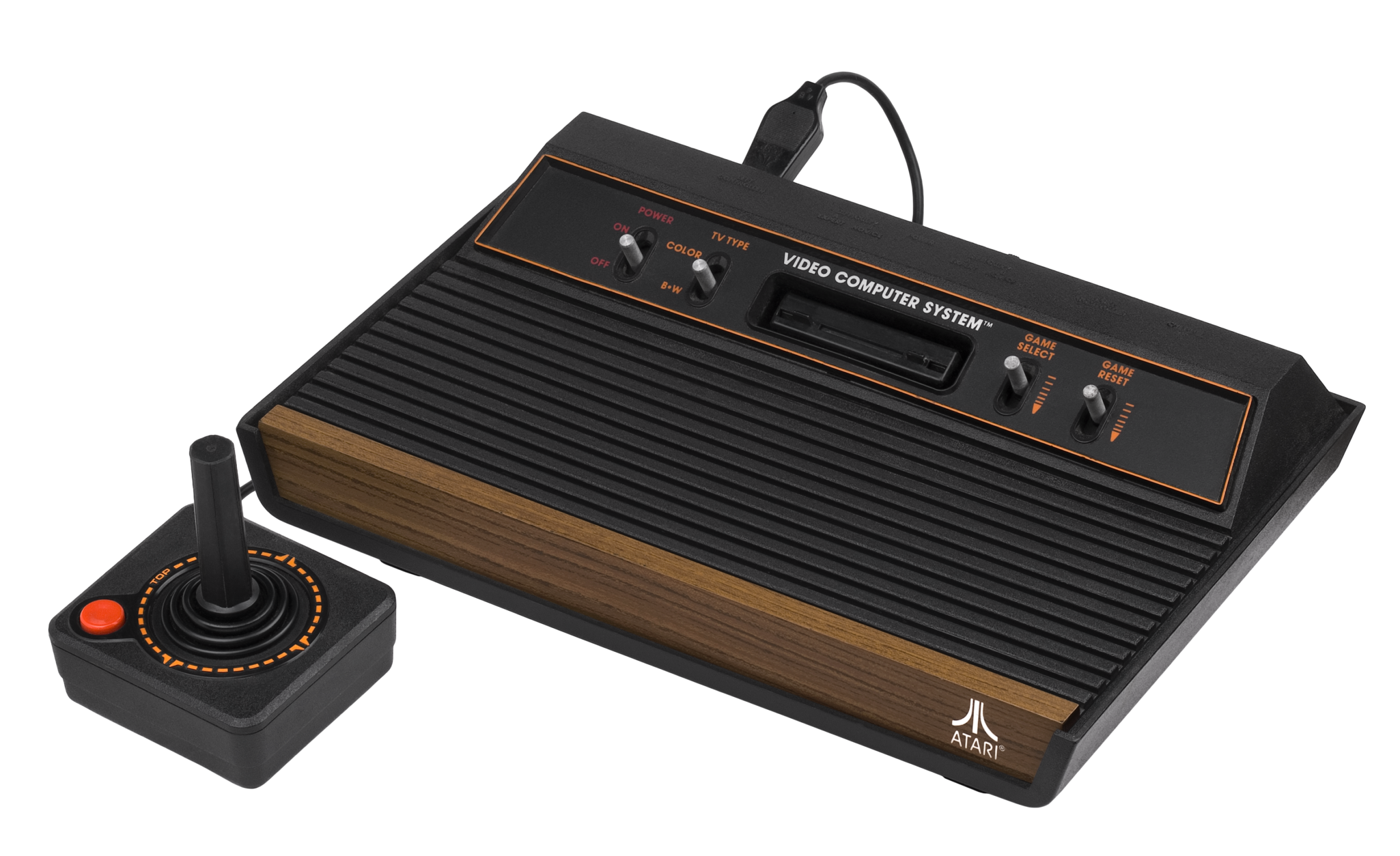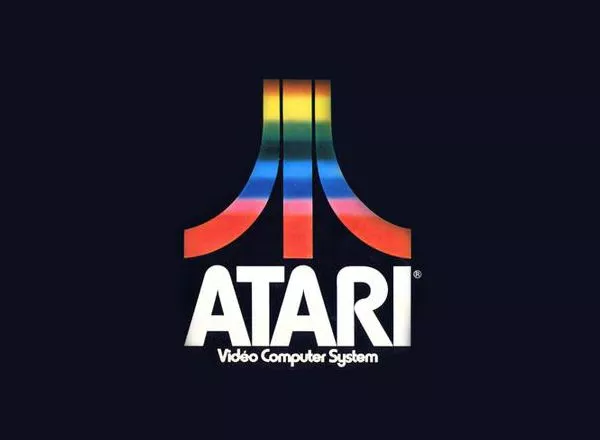In this article, you’ll learn about the rise and fall of Atari, Inc. Founded in 1972 by Nolan Bushnell and Ted Dabney, Atari played a significant role in the development of the video game industry. They initially focused on arcade games before expanding into the consumer market with home versions of popular games like Pong. However, poor decisions led to overproduction and declining sales, ultimately resulting in financial difficulties and the 1983 video game crash. We’ll also discuss the challenges they faced, ownership changes, and the impact their hardships had on the industry as a whole.
The Rise and Fall of Atari, Inc.
Atari, Inc. was an American video game developer and home computer company that left an indelible mark on the gaming industry. Founded in 1972 by Nolan Bushnell and Ted Dabney, Atari played a pivotal role in the formation of the video arcade and video game industry.
At its inception, Atari focused on developing arcade games. Bushnell and Dabney were driven by their passion for creating interactive entertainment experiences. They aimed to push the boundaries of technology and create games that captivated players. With the release of games like Pong, Atari quickly became a household name and a key player in the gaming market.
After their initial success in the arcade industry, Atari decided to venture into the consumer market. They released home versions of popular arcade games like Pong, which allowed players to enjoy the arcade experience in the comfort of their own homes. This move solidified Atari’s position as a pioneer in the industry and laid the foundation for its future endeavors.
Atari experienced further success with the development of iconic arcade games such as Asteroids and the console version of Taito’s Space Invaders. These games captured the imagination of players worldwide and further cemented Atari’s reputation as a leader in the gaming industry. However, Atari’s journey was not without its challenges.
The company made a series of poor decisions that ultimately led to overproduction and games that failed to meet sales expectations. This decline in consumer confidence had a detrimental impact on Atari’s fortunes. Additionally, Atari faced difficulties in competing in the emerging home computer market, struggling to keep up with competitors.
Financial hardships ultimately plagued Atari, culminating in the 1983 video game crash. This crash, attributed in part to Atari’s overproduction and weak game library, had far-reaching consequences for the entire video game industry. Warner Communications, Atari’s parent company at the time, sold the home console and computer division to Jack Tramiel in 1984. Tramiel rebranded the division as Atari Corporation.
As part of the sale, Atari, Inc. was subsequently renamed Atari Games, Inc. Warner Communications formed a new corporation called AT Games, Inc., in collaboration with Namco. This new entity acquired the coin-operated assets of Atari Games, Inc., ensuring that Atari’s legacy in the arcade industry would live on.
The financial hardships faced by Atari had a negative impact on the video game industry as a whole. Atari’s struggles served as a cautionary tale, highlighting the need for sound business decisions and quality game development. The industry learned valuable lessons from Atari’s downfall, leading to a more sustainable and robust video game market.
Looking back at the early days of Atari, Inc., it is clear that the company had humble beginnings. Nolan Bushnell and Ted Dabney, two passionate and ambitious individuals, founded Atari, Inc. with the goal of revolutionizing the gaming industry. They faced numerous challenges along the way, including difficulties in finding partners who shared their vision.
However, their breakthrough came with the release of Pong, which they published independently after failing to find a suitable partner. Pong’s immense success paved the way for Atari’s expansion and the mass production of thousands of Pong cabinets. This early triumph established Atari as a force to be reckoned with in the gaming world.
Atari’s success prompted the company to diversify its product line. They began developing home games, further expanding their reach and influence. Ownership changes and rebrandings became a part of Atari’s story, as the company evolved and adapted to the ever-changing gaming landscape.
In conclusion, the founding of Atari, Inc. by Nolan Bushnell and Ted Dabney marked the beginning of a remarkable journey that revolutionized the video gaming industry. Atari’s contributions, both in the arcade and consumer markets, left an indelible mark on gaming history.
While Atari faced success and challenges, its influence on the industry cannot be underestimated. Despite financial hardships and the 1983 video game crash, Atari’s legacy endures. The lessons learned from Atari’s rise and fall continue to shape the way developers and companies approach the world of video games, ensuring a vibrant and thriving industry for generations to come.
Check out this great documentary about Atari history.
Atari games that have made history
Pong – The Game that Started it All
Atari, a name synonymous with the early days of video gaming, kickstarted the industry with its iconic creation, Pong. Released in 1972, Pong was one of the first video games ever created and laid the foundation for what would become a global entertainment phenomenon. A simple yet addictive table tennis simulation, Pong captivated players with its straightforward gameplay, marking the birth of the interactive entertainment era.
Space Invaders – Defending Earth from the Unknown
In 1978, Atari unleashed Space Invaders upon the world, revolutionizing arcade gaming. This iconic shoot ’em up tasked players with fending off waves of alien invaders descending from the skies. Its gripping gameplay, coupled with the urgency of shooting down the advancing extraterrestrial forces, made Space Invaders an instant hit, influencing countless games that followed and establishing the “high score” culture.
Asteroids – Navigating the Cosmic Unknown
Asteroids, released in 1979, took players on a journey through space, where they had to navigate a spaceship while avoiding and shooting down, well, asteroids. With its vector graphics and addictive gameplay, Asteroids became a staple in arcades and further solidified Atari’s reputation for crafting engaging and innovative experiences.
Centipede – Battling Garden Critters
In 1980, Atari introduced Centipede, a colorful and fast-paced shooter that pitted players against a relentless onslaught of insects. With its vibrant visuals, dynamic gameplay, and unique trackball controls, Centipede offered an experience that stood out in the arcade landscape, captivating players with its intense bug-blasting action.
Breakout – Smashing Blocks and Making History
Breaking into the gaming scene in 1976, Breakout added a fresh twist to the traditional Pong formula. Collaboratively developed by Steve Wozniak and Steve Jobs (yes, that Steve Jobs), the game required players to bounce a ball off a paddle to break through a wall of blocks. Breakout’s impact reached beyond the arcade, influencing the creation of various block-breaking games and paving the way for the puzzle genre’s growth.
E.T. the Extra-Terrestrial – A High-Profile Misstep
While many Atari games achieved legendary status, not all were a resounding success. E.T. the Extra-Terrestrial, released in 1982, is often cited as a prime example of a rushed and disappointing game. Its poor reception contributed to the video game industry’s crash in the early ’80s, leading to Atari’s decline and subsequent changes in the gaming landscape.
While Atari experienced both triumphs and setbacks, its legacy as a pioneer in the gaming industry remains undeniable. From the simple pleasures of Pong and the adrenaline of Space Invaders to the captivating challenges of Asteroids and Centipede, Atari’s games have left an indelible mark on the hearts of gamers and the annals of gaming history.


